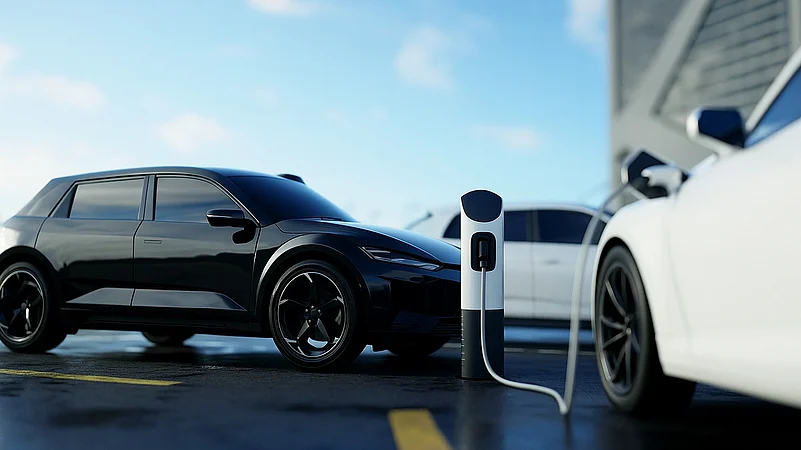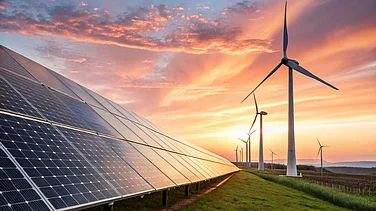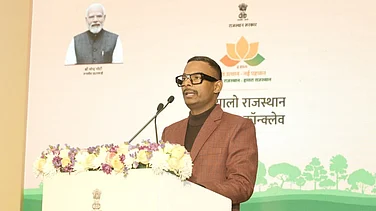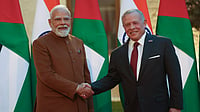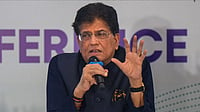India is considering easing the Production-Linked Incentive (PLI) scheme, which offers financial incentives to electric vehicle (EV) makers and suppliers meeting 50% localisation norms, reported Bloomberg. This move comes as China’s export curbs on rare earths pose a major hurdle for domestic manufacturing.
"Although the Society of Indian Automobile Manufacturers is yet to make a formal plea for paring the requirement, the industry body’s members have flagged the need in various consultations with the government," people familiar with the matter told Bloomberg.
Presently, automakers in India have been advised to import fully-built motors or assemblies to get around the curbs in the short term, they added.
Suppliers are rushing to find alternative sources and costly workarounds for rare-earth magnets after Beijing imposed export curbs in April on materials used in traction motors.
The heavy industries ministry is working on a policy to promote domestic processing of rare earth materials, reported NDTV Profit. It is expected to be similar to production-linked incentive schemes to help achieve cost parity with imports and boost local demand. According to Reuters, the outlay of such a PLI scheme is yet to be finalised. The government is likely to meet industry officials this week to finalise the details.
Magnet Shortage Threatens EVs
According to CRISIL Ratings, even though rare earth magnets account for less than 5% of a vehicle’s cost, they are crucial for EV manufacturing. The ongoing supply curbs have made automakers rethink sourcing strategies and inventory buffers, with delays now threatening to derail India’s upcoming EV rollout and production momentum.
“The shortage of rare earth magnets is forcing automakers to reassess supply-chain strategies. Despite contributing less than 5% of a vehicle’s cost, these magnets are indispensable for EV motors and electric steering systems. Automakers are actively engaging with alternative suppliers in countries such as Vietnam, Indonesia, Japan, Australia and the US, while also optimising existing inventories. With applications across EVs and ICE vehicles, a prolonged supply squeeze could disrupt production of PVs and 2Ws, making this low-cost component a potential high-impact bottleneck for the sector. In a constrained supply scenario, magnets may also get diverted to ICE models, which require fewer units,potentially impacting EV growth,” said Poonam Upadhyay, Director, Crisil Ratings.





